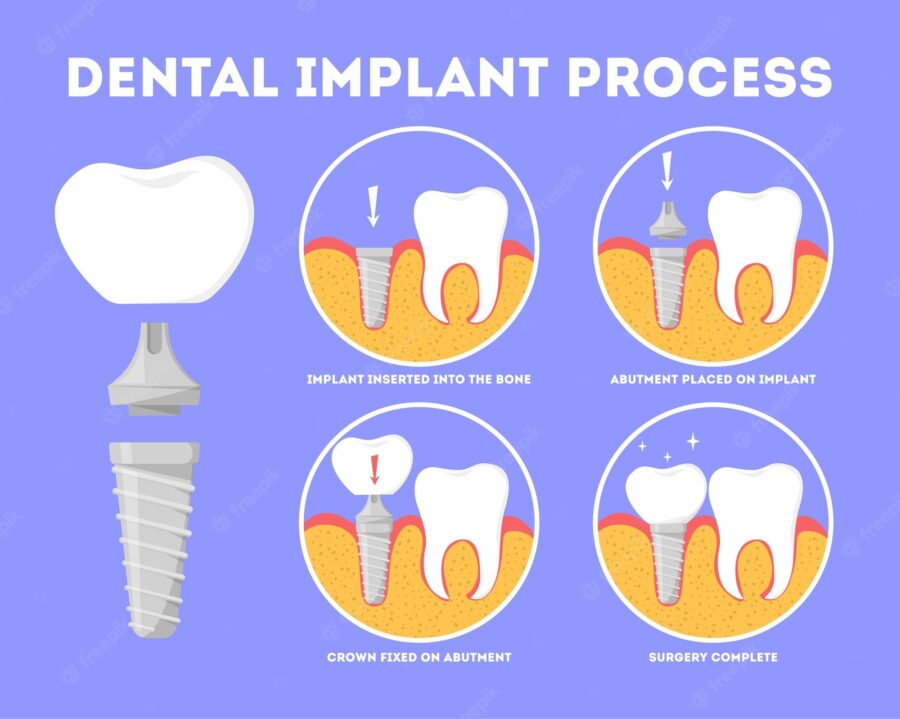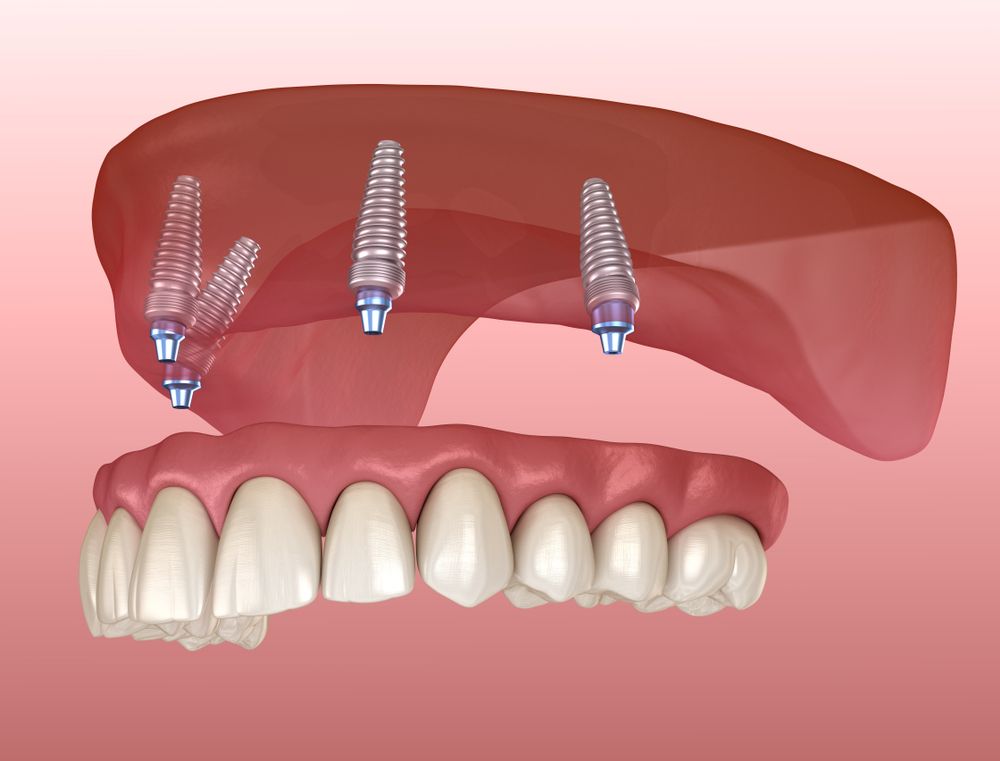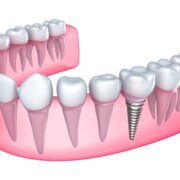An implant protocol is a set of instructions that surgeons must follow when placing dental implants. The protocol details the recommended surgical sequence, materials and configurations, sterilization protocols, handling precautions, and other critical information. If the surgeon doesn’t follow the protocol, it could lead to patient health risks like wound infection or rejection of the new implant. An implant protocol is a document that covers every aspect of dental implant surgery from preoperative preparation to postoperative care. It also includes instructions for the safe usage of equipment such as surgical knives, surgical lights, and monitors.
Implant protocols are essential for ensuring patient safety in dentistry. They provide step-by-step instructions for each procedure and outline specific standards for materials and instruments used throughout the process. Such measures help reduce the risk of infections, errors, and other complications during procedures. If you are interested in learning more about an implant protocol please read on further!
Why is an implant protocol necessary?
There are many reasons why an implant protocol is necessary for medical settings. The first and most obvious is to ensure patient safety and prevent harm. Poor surgical practices can lead to infection and other complications, such as nerve damage, tooth loss, and pain. Another reason why implant protocols are important is to maintain quality control.

Using the same sterilization methods and protocol for cleaning equipment across multiple patients can reduce the risk of cross-contamination. Implant protocols can also facilitate communication between the dental team and increase efficiency. For example, a surgeon may only want a certain type of implant placed in a patient’s mouth. That information can be noted in the protocol and help other members of the team know what particular instruments to use.
Elements in an implant protocol
There are many elements to consider when creating an implant protocol. The key components are sterilization, instrument selection, materials, procedure sequences, and patient management. Sterilization is one of the most important aspects of implant protocol. The protocol should specify which sterilization method the dental team should use. Options include ethylene oxide gas, pressure steam autoclave, and ultraviolet light exposure.
The dental team should also follow the correct sequence when cleaning and disinfecting instruments. Material selection is another important aspect of implant protocol. The protocol should specify the materials surgeons should use to create the dental implant as well as for any postoperative treatment. Common materials include titanium alloy, zirconium, cobalt chromium, and stainless steel.
Procedure sequences outline the process a surgeon should follow when placing an implant. These may vary from one dental office to another based on individual preferences. Patient management includes management of the patient’s medical history, allergies, and other pertinent information. A medical history can help medical personnel determine whether the patient is a good candidate for dental implant surgery. It can also help prevent the risk of cross-contamination.
Benefits of using an implant protocol
When done correctly, an implant protocol can have many benefits. Chief among them is the ability to reduce the risk of patient harm. These protocols have been developed by experts in the field of dentistry with the goal of protecting patients from infection and other health risks. Another benefit of implant protocols is the ability to standardize implant procedures. This helps prevent errors in execution and provides patients with a consistent experience from office to office.
Implant protocols can also help dental offices run more efficiently. From a surgeon’s perspective, these protocols can help prevent the need for extra surgeries. They can also make it easier for the surgeon to identify the correct equipment for each procedure. As you can see, there are many benefits to using an implant protocol. These protocols have been proven to reduce harm to patients and provide consistent and standardized care.
How to create an effective implant protocol
First, you should determine which elements of the implant protocol are most important. While all the elements are important, some will be more critical than others. You should also consult with other dental professionals to get their input on it. This can help you identify any areas where improvements may be necessary. You may also want to consider including information in the implant protocol on how to deal with emergencies.

For example, if a surgeon encounters a situation they’re not prepared to handle, they can refer to the protocol for guidance on what to do next. Finally, you should make sure the implant protocol is easily accessible. You may want to include it as a separate document in the patient record. Alternatively, you can attach it as an addendum to the patient record.
Conclusion
An implant protocol can help dental professionals do their job more efficiently and effectively. These protocols are a set of instructions that details the surgical sequence, instruments, and materials used during a dental implant procedure. They can help reduce the risk of patient harm and provide consistent care across dental offices. Now that you know what an, you can explore the many benefits it can provide. You can also learn how to create an effective for your dental office.






